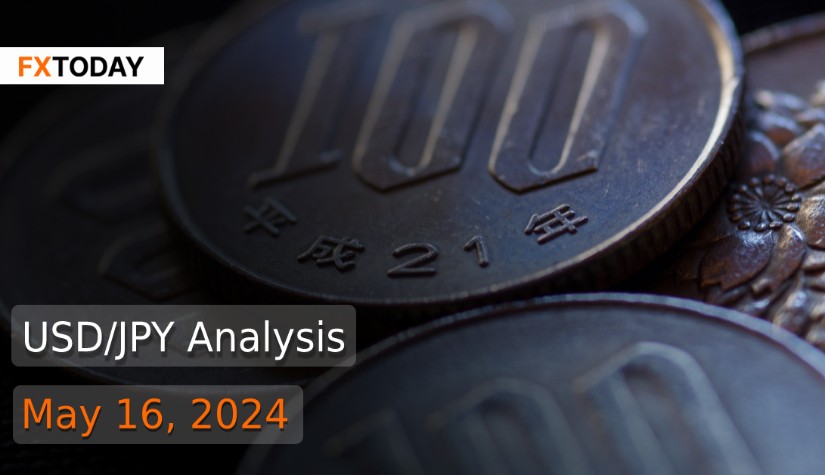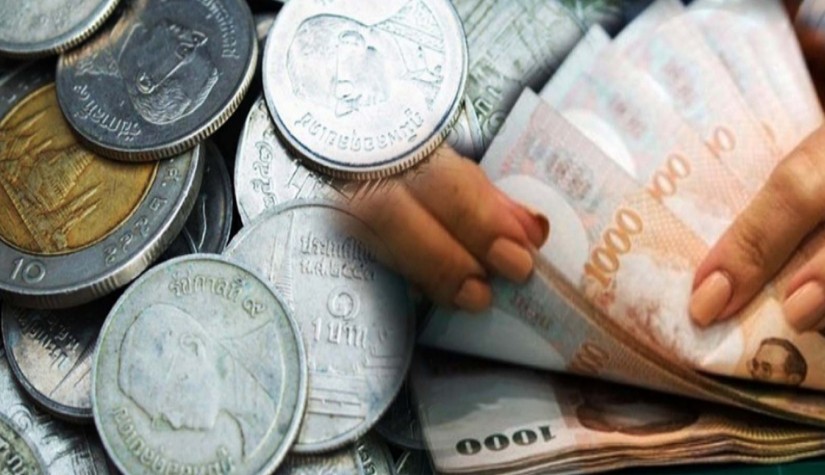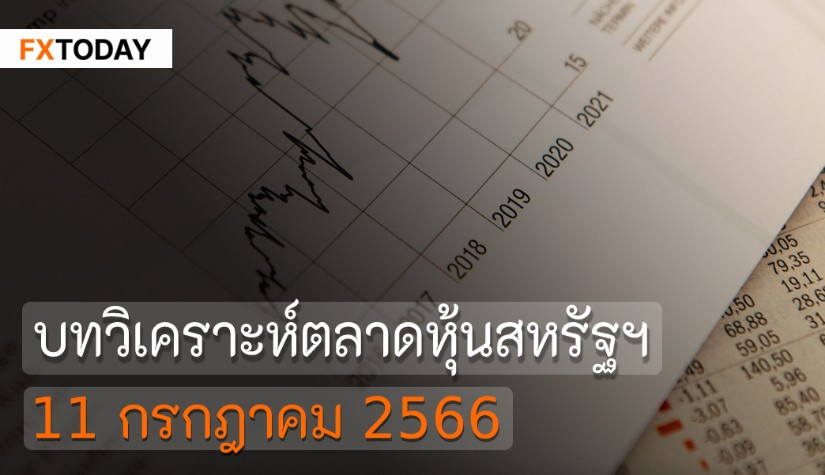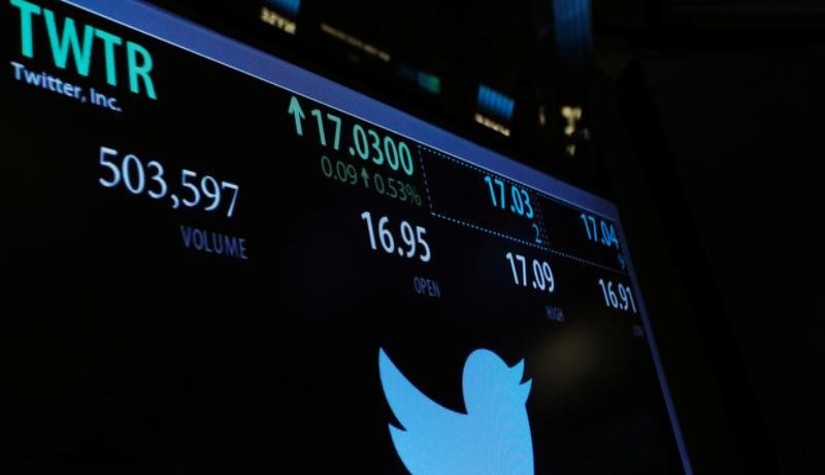Yen Weakness Persists as Japan's Economic Challenges Mount
The yen remained low due to a significant yield gap between Japanese bonds and those of the U.S., prompting the selling of the Japanese currency. The dollar's recent surge against the yen triggered substantial yen buying, suspected to be intervention by the BOJ and the Japanese finance ministry.
Japan's economy contracted more than anticipated in Q1 2024, primarily due to a slowdown in consumer spending amid persistent inflation and sluggish wages, alongside a decrease in capital spending. This poses a challenge to policymakers as they aim to raise interest rates from near-zero levels.
The GDP fell 0.5% quarter-on-quarter, missing expectations, with private consumption and capital expenditure both declining sharply. These weak GDP figures indicate a stalling of Japan's growth engines in the face of inflation and uncertain monetary policy.
Although wages are expected to rise in Q2, it's uncertain how much this will boost consumption. Sticky inflation and a weak yen have weighed on spending, with the currency consistently hitting multi-year lows in Q1 2024. The economic weakness raises doubts about the BOJ's ability to tighten policy further, despite plans for rising wages and income tax cuts from June to stimulate consumption.
On the other hand, there is growing political support for interest rate hikes. Katsunobu Kato, a former chief cabinet secretary and seasoned member of the ruling party, suggests that Japan is transitioning to an era of rising prices and wages, which supports the normalization of monetary policy. Kato acknowledges concerns about the impact of the weak yen on inflation and highlights the ruling party's focus on addressing the rising cost of living. Structural changes in Japan's economy, such as companies moving production overseas, have reduced the impact of a weak yen on exports. Therefore, efforts are needed to attract foreign investment for economic revitalization.
Meanwhile, despite a broad overnight weakness of the dollar against most currencies, it continued to strengthen against the yen on Wednesday. The consumer price index, excluding volatile food and energy components, rose 0.3% last month, following advances in March and February. The year-on-year gain of 3.6% was the smallest since April 2021. In contrast, U.S. producer prices surged more than expected in April, indicating persistent inflation in the second quarter.
Economists suggest that inflation, particularly in services such as motor vehicle insurance, housing, and healthcare, is catching up to higher costs. Expectations suggest that inflation pressures will ease this quarter and gradually align with the Federal Reserve's 2% target, following the resumption of the downward trend in inflation at the beginning of the second quarter, as the labor market cools.
Fed Chair Jerome Powell expressed optimism about the U.S. economy, foreseeing continued above-trend growth and confidence in declining inflation. However, some economists foresee a possible easing cycle starting in July or December. Consequently, the yen could experience a modest strengthening in the near term, but it is anticipated to maintain a weakened position compared to the US dollar in the foreseeable future.
Data for Technical Analysis (1H) CFD USD/JPY
Resistance : 154.14, 154.26, 154.46
Support : 153.76, 153.64, 153.44
1H Outlook
Source: TradingView
Buy/Long 1 If the support at the price range 153.41 – 153.76 is touched, but the support at 153.76 cannot be broken, the TP may be set around 154.28 and the SL around 153.24, or up to the risk appetite.
Buy/Long 2 If the resistance can be broken at the price range of 154.14 – 154.49, TP may be set around 154.90 and SL around 153.59, or up to the risk appetite.
Sell/Short 1 If the resistance at the price range 154.14 – 154.49 is touched, but the resistance at 154.14 cannot be broken, the TP may be set around 153.76 and the SL around 154.66, or up to the risk appetite.
Sell/Short 2 If the support can be broken at the price range of 153.41 – 153.76, TP may be set around 153.30 and SL around 154.31, or up to the risk appetite.
Pivot Points May 16, 2024 02:54AM GMT
|
Name
|
S3
|
S2
|
S1
|
Pivot Points
|
R1
|
R2
|
R3
|
|---|---|---|---|---|---|---|---|
| Classic | 153.27 | 153.44 | 153.77 | 153.95 | 154.28 | 154.46 | 154.79 |
| Fibonacci | 153.44 | 153.64 | 153.76 | 153.95 | 154.14 | 154.26 | 154.46 |
| Camarilla | 153.96 | 154 | 154.05 | 153.95 | 154.14 | 154.19 | 154.23 |
| Woodie's | 153.33 | 153.47 | 153.83 | 153.98 | 154.34 | 154.49 | 154.85 |
| DeMark's | - | - | 153.86 | 153.99 | 154.36 | - | - |
Sources: Investing 1, Investing 2
















